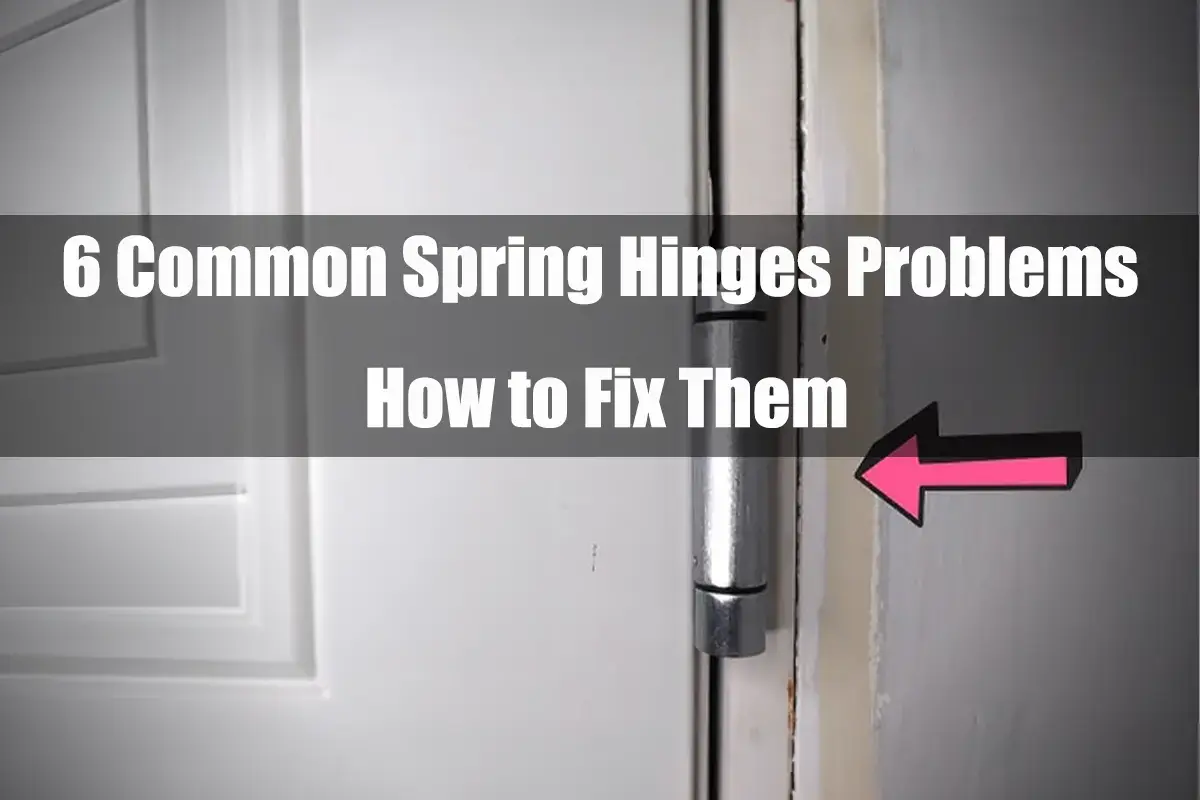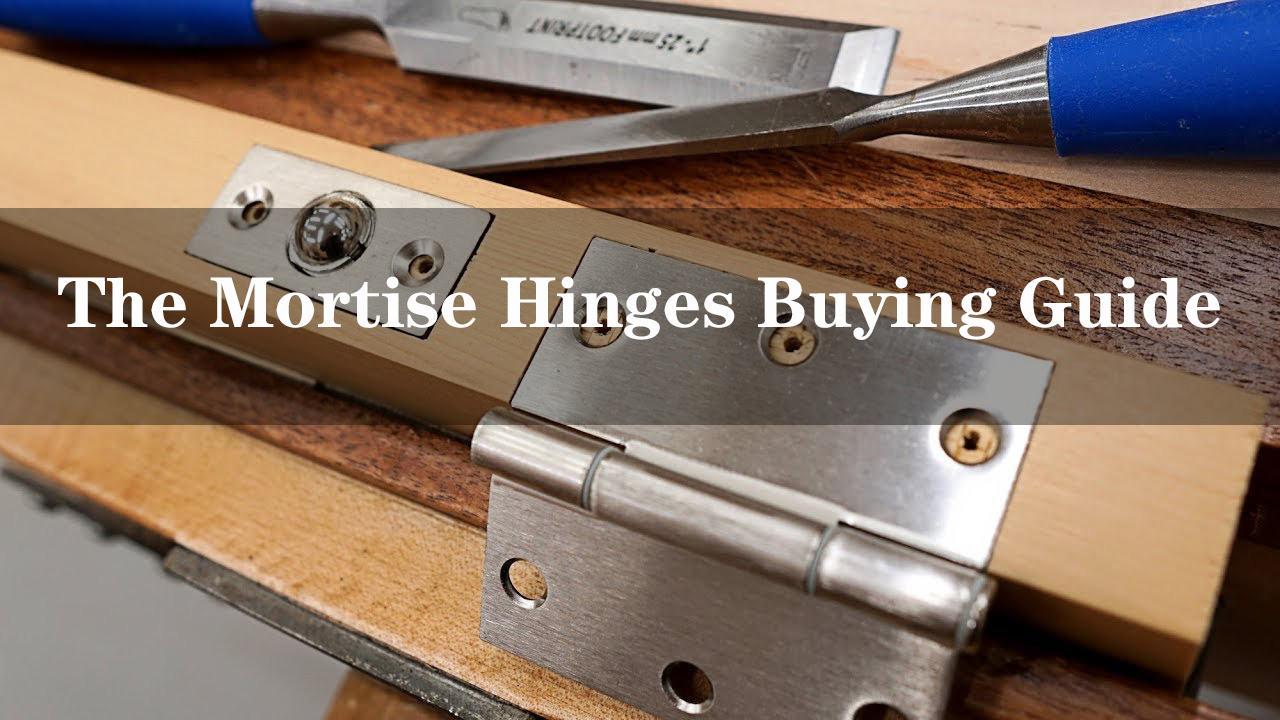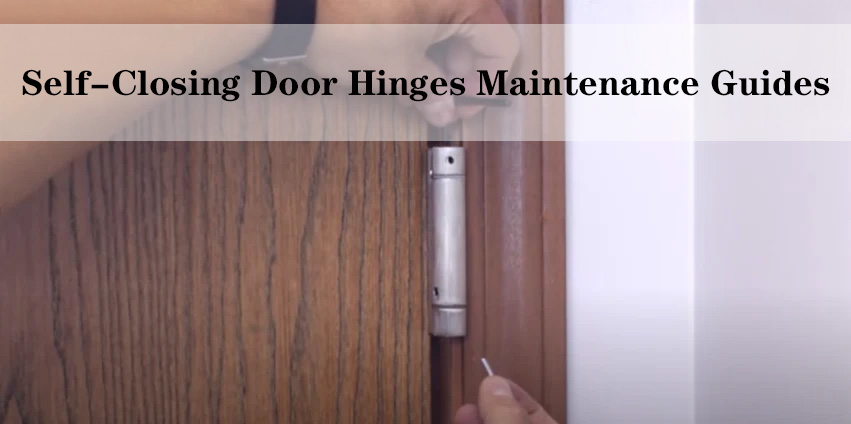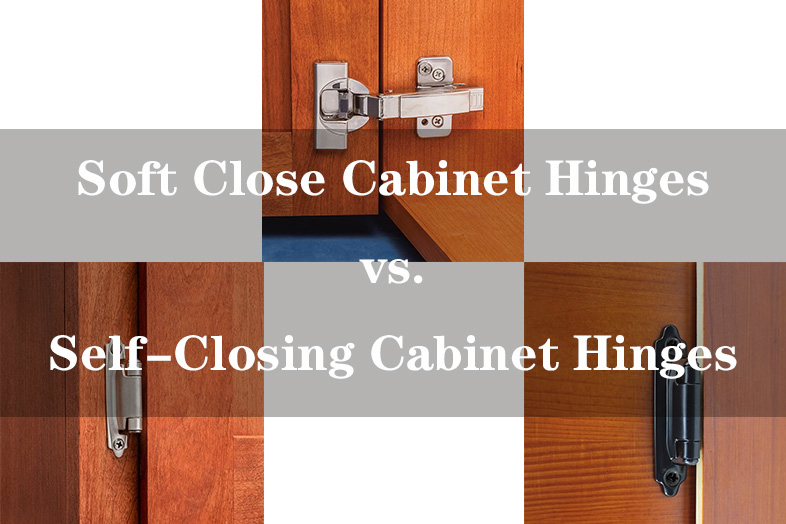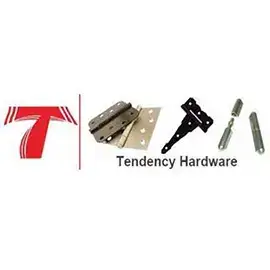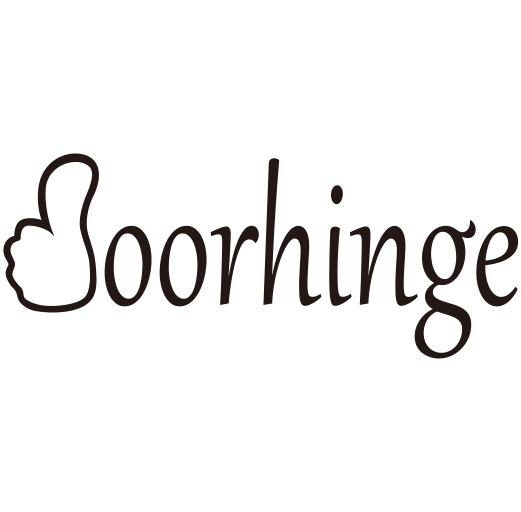Spring hinges are a remarkable invention, adding a touch of convenience and practicality to our doors. They ensure that doors close automatically, reducing the chances of doors being left ajar and improving security. However, like any mechanical system, spring hinges can encounter problems over time. In this guide, we’ll delve into six common spring hinge problems and provide you with step-by-step solutions to get your spring hinges back in smooth operation.
1. Problem: Hinge Not Closing Properly
One of the common issues you might encounter with spring hinges is when the door doesn’t close properly. This can lead to a gap between the door and the frame, affecting both security and energy efficiency. Fortunately, there are steps you can take to address this problem.

Solution: Adjusting Spring Tension
The most likely cause of a hinge not closing properly is incorrect spring tension. Spring hinges feature an adjustment screw that controls the tension of the spring. Here’s how you can fix the issue:
Locate the Adjustment Screw: Examine the hinge to find the tension adjustment screw. This screw is usually located on the side of the hinge or the hinge plate.
Loosen the Screw: If the door isn’t closing fully, the tension might be too high. Using a screwdriver, turn the tension adjustment screw counterclockwise to loosen it. Start with a small adjustment, as even a slight change can make a noticeable difference.
Test the Door: Close the door and observe its behavior. If the door closes smoothly and fully, you’ve successfully adjusted the tension. If not, continue with the next step.
Tighten the Screw: If the door still isn’t closing properly, you might need to increase the tension slightly. Turn the tension adjustment screw clockwise to tighten it. Again, make small adjustments and test the door’s closing after each change.
Repeat as Needed: Keep adjusting the tension and testing the door’s closing until you achieve the desired result. Be patient and make gradual changes to avoid over-tightening the spring.
Fine-Tuning: If the door closes properly but you want to fine-tune the tension, make small adjustments in either direction until you’re satisfied with the door’s closing behavior.
2. Problem: Door Slamming Shut
If your door equipped with spring hinges is slamming shut with excessive force, it can be both startling and potentially damaging to the door and frame. The good news is that you can easily remedy this issue by adjusting the spring tension.
Solution: Adjusting Spring Tension for Controlled Closure
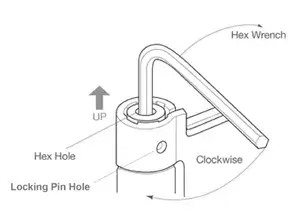
Spring hinges come with an adjustable tension feature that allows you to customize the speed at which the door closes. Here’s how to prevent your door from slamming shut:
Locate the Tension Adjustment Screw: Look for the tension adjustment screw on the spring hinge. This screw is usually visible on the side of the hinge or near the hinge plate.
Loosen the Screw: If your door is slamming shut forcefully, the spring tension is likely too high. Using a screwdriver, turn the tension adjustment screw counterclockwise to loosen it slightly. This will reduce the tension in the spring and slow down the door’s closing speed.
Test the Door: After making the adjustment, open the door and let it close on its own. Observe its closing speed. If the door still closes too quickly, you may need to continue loosening the tension.
Fine-Tuning: Make gradual adjustments by turning the tension adjustment screw a little at a time. Test the door after each adjustment until you achieve the desired closing speed. Remember that the goal is to achieve controlled and gentle closure.
Avoid Over-Loosening: Be cautious not to over-loosen the tension, as this could lead to the door not closing securely or even remaining ajar. Make sure the door closes fully and latches properly after making adjustments.
3. Problem: Squeaky Hinges
If you’re hearing an annoying squeaking sound every time you open or close a door with spring hinges, you’re dealing with squeaky hinges. This common issue can be bothersome, but the good news is that it’s usually easy to fix.
Solution: Lubrication for Squeaky Hinges
Lubricating your squeaky hinges is the key to silencing those irritating sounds. Here’s how you can do it:
Gather Supplies: You’ll need a silicone-based lubricant or a light machine oil. Avoid using heavy oils or greases, as they can attract dust and dirt over time.
Door Preparation: Start by fully opening the door. This will allow you to access the hinges easily and apply the lubricant effectively.
Lubricate Pivot Points: Locate the pivot points of the hinges. These are the areas where the hinge’s moving parts interact. Apply a small amount of lubricant to each pivot point. Be cautious not to overapply, as a little goes a long way.
Move the Door: After applying the lubricant, gently move the door back and forth to help distribute the lubricant evenly across the hinge’s moving parts.
Wipe Excess: Use a clean cloth to wipe away any excess lubricant. This prevents drips and ensures a clean appearance.
4. Problem: Uneven Closing
Another common issue that can arise with spring hinges is when the door doesn’t close evenly. This can result in the door not aligning properly with the frame, causing potential security and aesthetic concerns.
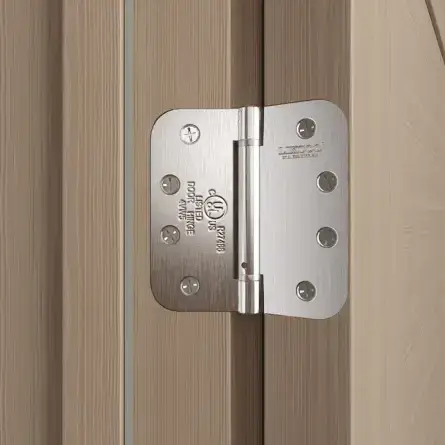
Solution: Clear Obstructions and Check Hinge Alignment
If your door is experiencing uneven closing, you can take the following steps to troubleshoot and resolve the issue:
Inspect the Area: Carefully examine the area around the door and the frame. Look for any obstacles, debris, or objects that might be obstructing the door’s path as it closes.
Remove Obstructions: If you find any obstacles, gently remove them. It could be something as simple as a rug or a piece of furniture that’s blocking the door’s path.
Check Hinge Alignment: Misaligned hinges can also cause uneven closing. Carefully inspect the hinge plates on both the door and the frame. Make sure they are properly aligned and secure.
Adjust Hinge Alignment: If you notice any misalignment, you can adjust the hinge plates. Loosen the screws on the hinge plate slightly, align the plates, and then tighten the screws back. This can often correct the uneven closing issue.
Test the Door: After removing obstructions and adjusting the hinge alignment, test the door’s closing behavior. Open and close the door multiple times to ensure that it’s closing evenly and aligning properly with the frame.
5. Problem: Hinge Getting Stuck
Encountering a spring hinge that gets stuck during its operation can be frustrating. A hinge that doesn’t move smoothly affects the functionality of the door and can even lead to unnecessary wear and tear. Fortunately, there are straightforward steps you can take to address this issue.
Solution: Lubrication for Smooth Operation
Lack of proper lubrication is often the culprit when a hinge gets stuck. Here’s how you can resolve this problem:
Identify the Problematic Hinge: First, determine which hinge is causing the issue. Carefully inspect all the hinges on the door to identify the one that’s not moving smoothly.
Gather Lubricant: Choose a lubricant suitable for hinges. Silicone-based lubricants are a popular choice as they provide smooth operation without attracting dust and debris.
Prepare the Hinge: Open the door fully to access the hinge. If necessary, ask someone to hold the door while you work on the hinge.
Apply the Lubricant: Use the nozzle of the lubricant to apply a small amount to the moving parts of the hinge. Focus on the pivot points and any areas that seem to be causing friction.
Operate the Door: Gently open and close the door multiple times to allow the lubricant to spread and work its magic. You should notice a smoother operation as the lubricant takes effect.
6. Problem: Hinge Detaching from Door Frame
Discovering that a hinge is coming loose from the door frame can be concerning. When a hinge becomes detached, it can compromise the stability and functionality of the door. Addressing this issue promptly is crucial to prevent further damage and ensure the door operates properly.
Solution: Tightening Loose Hinge Screws
The primary cause of a hinge detaching from the door frame is loose screws. Over time, the constant movement of the door can cause the screws to gradually become loose. Here’s how you can fix the problem:
Gather the Necessary Tools: You’ll need a screwdriver, preferably the appropriate size for the hinge screws.
Inspect the Hinge: Carefully examine the hinge that has come loose. Identify the screws that are no longer holding the hinge securely to the door frame.
Tighten the Screws: With the screwdriver, begin by gently tightening the loose screws. Turn each screw clockwise to secure it back into place. Be cautious not to overtighten the screws, as this can damage the wood or strip the screw holes.
Check All Screws: Once you’ve tightened the loose screws, go through all the screws on the hinge and ensure they are properly secured. This preventive measure can prevent future issues.
Test the Hinge: After tightening the screws, open and close the door to test the hinge’s stability. If the hinge no longer wiggles or feels loose, you’ve successfully resolved the problem.
Replace Worn Screws: If you notice that the screws are damaged or worn, it’s recommended to replace them with new ones. Using screws of the same size and type ensures a secure attachment.
Regular Maintenance: To prevent hinges from detaching in the future, periodically check and tighten the screws on all door hinges in your home. This maintenance practice helps prolong the life of your hinges and ensures proper door functionality.
In Conclusion
Spring hinges are a fantastic addition to doors, enhancing both functionality and security. While encountering problems with them is normal over time, most of these issues are easily fixable with some basic troubleshooting. By following these solutions, you can address common spring hinge problems on your own and ensure that your doors continue to operate smoothly and efficiently. Regular maintenance, such as lubrication and checking for debris, goes a long way in extending the lifespan of your spring hinges and keeping them in optimal condition.
